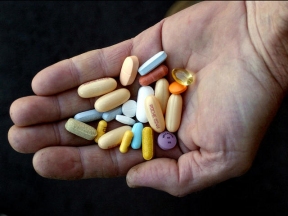
Last year, more than 47,000 Americans died from drug overdoses. This record high in the addiction epidemic is fueled largely by abuse of opioid narcotics, according to new statistics from the U.S. Centers for Disease Control and Prevention’s (CDC) Morbidity and Mortality Weekly Report. Health officials reported that between 2013 and 2014, drug overdose deaths increased by nearly 14 percent overall. More 60 percent of those deaths involved narcotics. What’s more, researchers attributed many of these deaths to abuse of opioid painkillers such as oxycodone and hydrocodone, as well as heroin, the street drug most similar to those prescription meds.
Stats showed the largest increase in overdose deaths were from synthetic narcotics, such as illegally made fentanyl, a potent drug added to or often sold as heroin. (Deaths from synthetic narcotics have doubled since 2013.) In addition, overdose deaths from heroin alone increased nearly 26 percent, with the drug accounting for more than 10,500 deaths in 2014. The latest data also showed that the overdose epidemic affected men and women of nearly all ages in both black and white communities across the country. According to the report, drug overdose death rates were highest in five states: West Virginia, New Mexico, New Hampshire, Kentucky and Ohio.

According to the report, officials suggested the best ways to curb the drug abuse epidemic are by limiting the amount of painkillers doctors prescribe; increasing the availability of addiction treatment programs, including drug-assisted programs; and expanding access to naloxone (Narcan), a treatment that can reverse the symptoms of a narcotic overdose.











